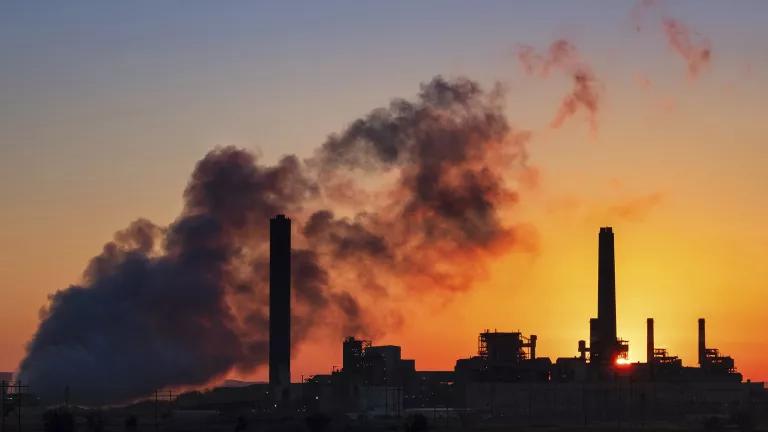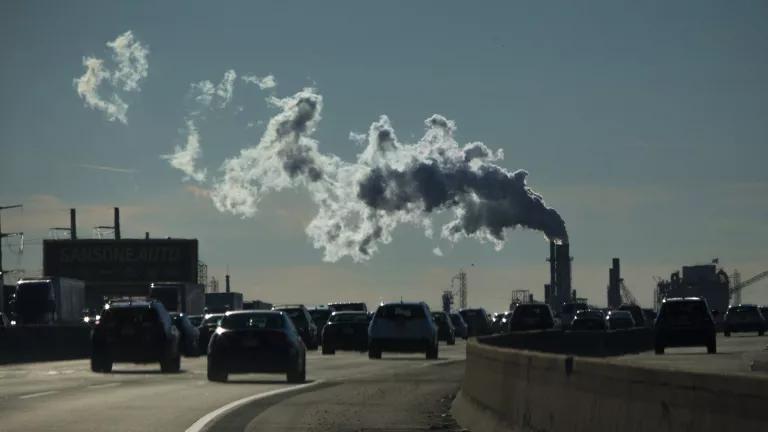EPA Hands Coal Industry a Pass to Dump Toxic Wastewater

The Trump administration rollback will contaminate waterways and drinking water sources—exposing people to pollutants like mercury, lead, and arsenic.
This week, the U.S. Environmental Protection Agency (EPA) formally weakened rules that dictate how coal-fired power plants must dispose of their toxic wastewater, which contains pollutants such as mercury, lead, and arsenic.
The move will lead to the contamination of waterways and drinking water sources—risking the health of people living near power plants, including Black and brown communities and low-income neighborhoods, where such polluting facilities are more likely to be sited. According to the agency’s own analysis, 1.1 million Americans live within three miles of a coal plant that discharges its toxic wastewater into a public waterway.
“The coal industry doesn’t need any more free passes,” says Jon Devine, director of federal water policy at NRDC. “Especially not when it dumps a toxic brew of pollutants that can cause neurological disorders and cardiovascular disease and increase the risk of cancer.”
The Clean Water Act requires the EPA to set limits on various industrial pollutants. Prior to their finalization in 2015, the limits for power plants hadn’t been updated since 1982—despite coal-fired power plants being the country’s largest source of toxic wastewater, dumping 250,000 pounds of pollution into our waterways every hour.
The Trump administration rollback, however, scales back requirements for the kinds of technologies power plants use to treat their wastewater, relaxes compliance deadlines, and exempts some facilities altogether.
“The final rule is based on bogus science, bad policy, and lousy economics. It counts on coal plants choosing to do the right thing voluntarily rather than under legal obligation,” says Devine, “It’s another handout to an archaic industry responsible for billions of pounds of pollution that contaminate our water, harm our health, and fuel climate change, year after year, and it will impose the costs of that pollution onto our communities.”
While the EPA claims the existing rules were financially burdensome for coal companies, affordable technologies exist that can limit the heavy metals and other toxins found in their wastewater. Many power plants, in fact, are already using them. And yet, this rule would let many polluting plants continue their business as usual without investing in system upgrades.
The Trump administration also finalized its new rule without proper public participation. The EPA didn’t hold in-person hearings with the public—instead scheduling just one virtual hearing last December, six days before Christmas—and failed to engage with the communities that its weakened protections would most likely affect.
“Power plants are most often located within or near communities of color and low-income communities. This decision prioritizes polluters over those who will be hurt most, compounding existing environmental injustices,” Devine says.



